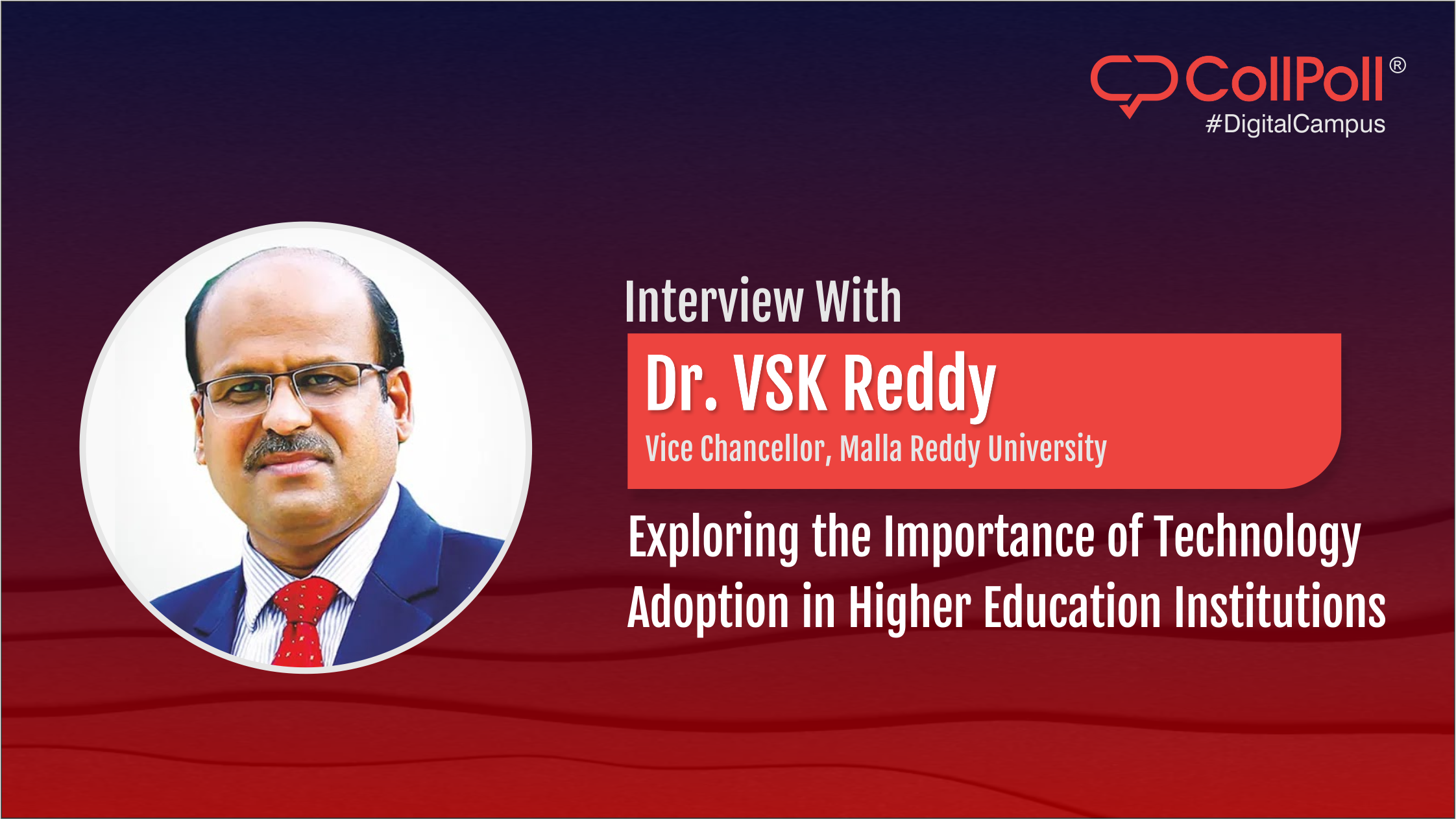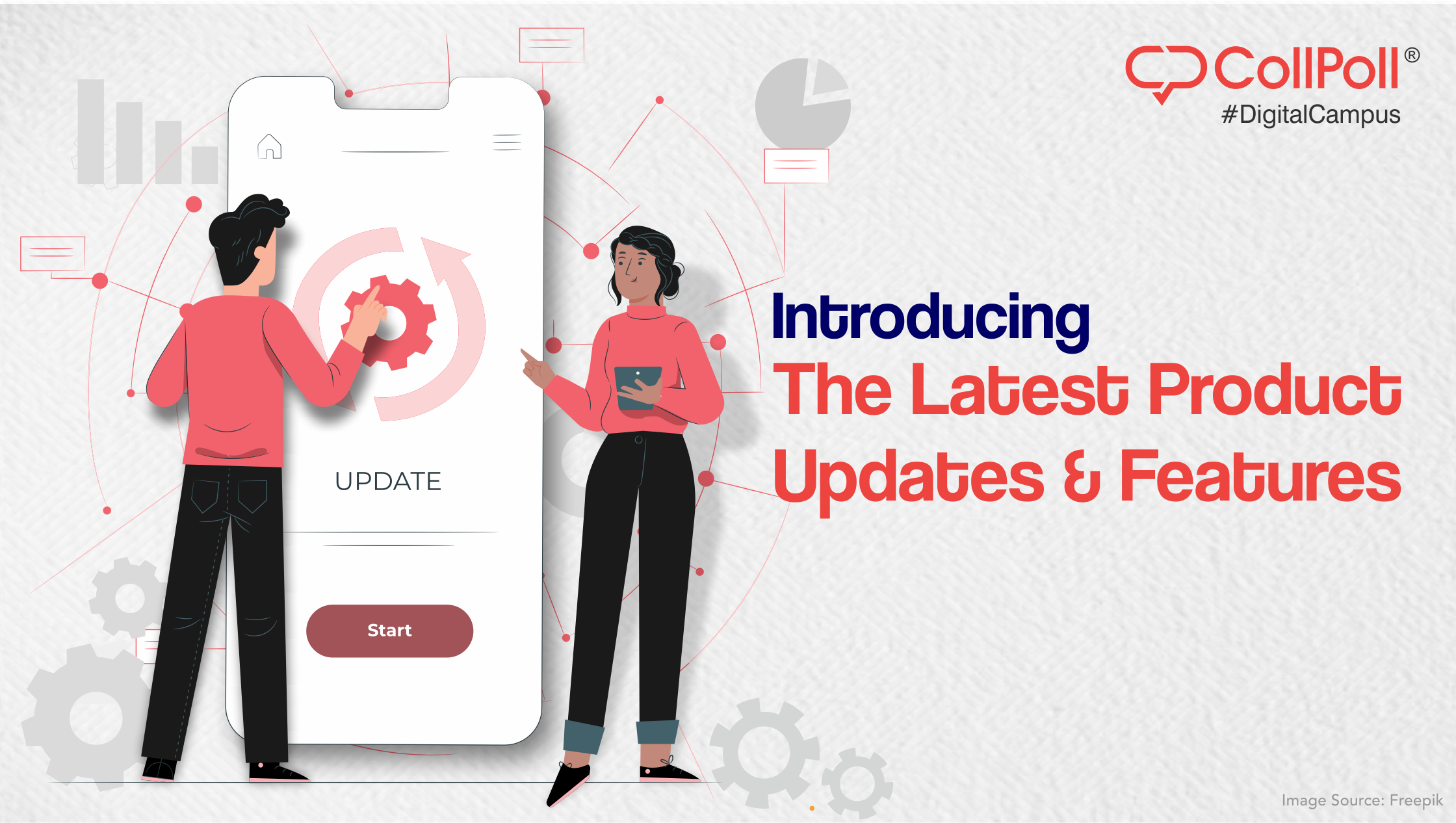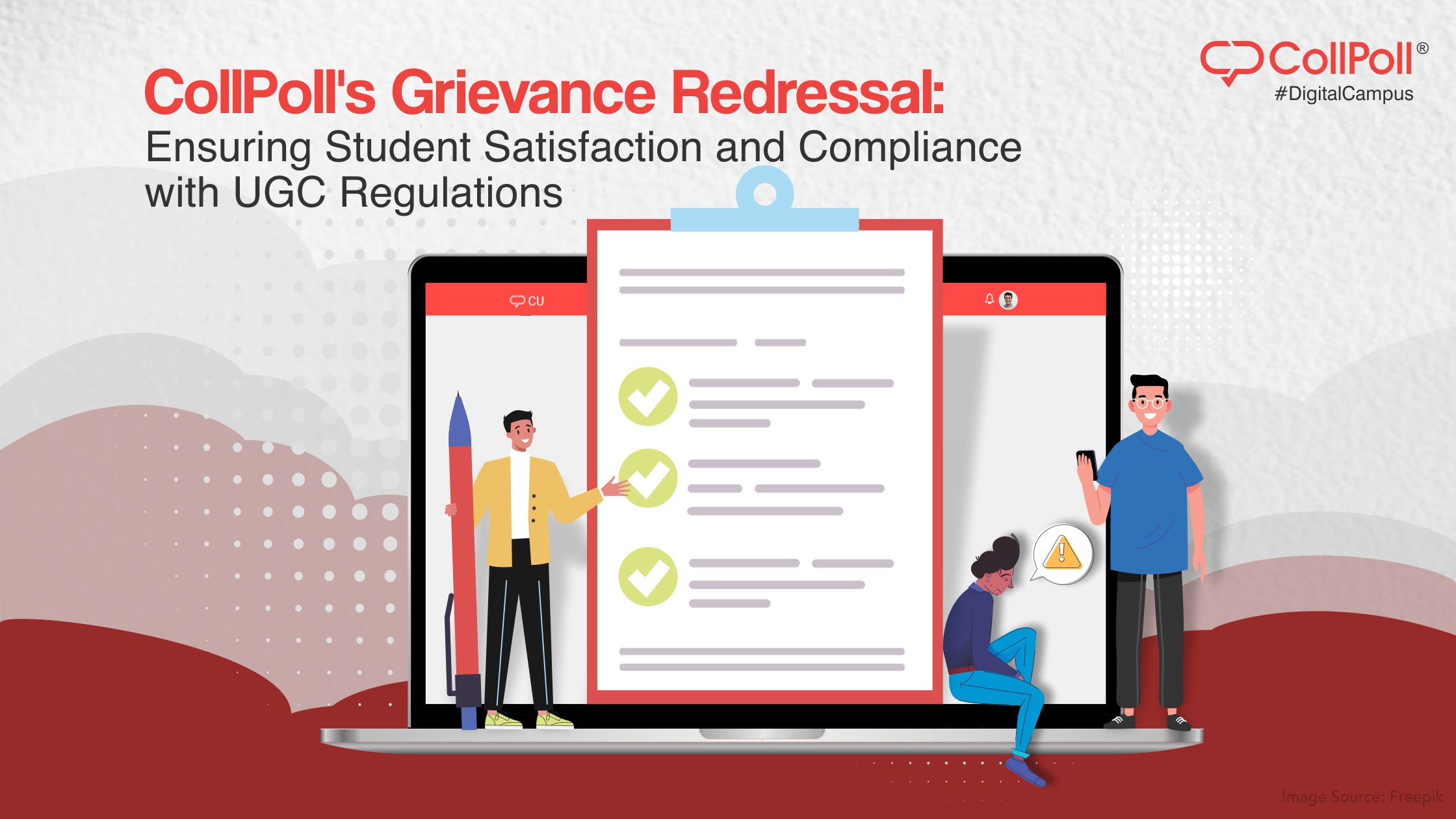“The most important thing in these decisions is where does the leadership want to see the Institution and how do they see technology playing a role. If this vision does not exist then it doesn’t matter who is leading the technology efforts. Vision comes first.”
“I think the success rate totally depends on the kind of teams who work on the projects. Their ability to roll up sleeves and go till the last mile with the technology partners matters the most.”
“The core competence of an educational institution is academic and research activities. Hence, my personal preference has always been to buy because of the advantages this offers on ease, speed and quality of implementation.”
CollPoll team interacts with Dr. Ashish Bharadwaj, well-known technology leader in the education industry. He was instrumental in implementing technology projects in AIMA, University of Delhi, UPES University and BML Munjal University. We had a great opportunity to work closely with him while implementing CollPoll at BML Munjal University.
You were in Australia some time back and got back just on time. Tell us a little about this adventure.
Oh yes, it was definitely an adventure. I was on a new assignment in Sydney with Laureate Education Australia & New Zealand and was coming back for a one-week break in the middle of March. Just a few days later everything changed in Australia and the world. Everyone has been since working from home since then. If I had not come back, I would have been working out from my apartment in Sydney. So its good to be with the family in these testing times.
The adventure started once I came back to India. I was supposed to be in self-quarantine for 15 days. Throughout this period, I’ve received calls from a number of Govt. bodies inquiring about my health and well-being. This is a pleasant change and shows the efforts the Government is making on this count.
The world of education is waking up to the role of technology in this COVID19 period. However, you have been championing it since years. Please share when and how did your journey in education technology start?
I started my journey in technology when I was very young, and my exposure to Higher Education was since birth as both my parents were Professors in the University of Delhi. My first assignment was as an ERP implementation consultant for a Cyprus-based company back in 1996. The prospect of discovering problems and solving them with technology excites me. Over the next two decades I worked on technology projects in different verticals like manufacturing, hospitality, Insurance and eventually education.
The education experience started with the All India Management Association (AIMA) in 1998 where I had to automate a whole range of operations. This was followed by a couple of assignments with the University of Delhi where again we were supposed to automate operations for the Examination branch and School of Open Learning. Back then, if you go to the distance education campus, you will see long queues of students standing at various counters in sequence. Whatever be the weather, they would stand for hours to get their work done through the physical counters. Through the introduction of single window service counters and progressive digital processes, that wait time was completely eliminated or significantly reduced to a few minutes. A tangible outcome such as that is something that gives technology leaders like me meaning and purpose.

Dr. Ashish Bharadwaj receiving the CIO 100 Award in recognition of exemplary technology initiatives and IT leadership at the 7th edition of the Big CIO Show in Mumbai.
Later on, I joined the founding team of UPES and helped setup the technology foundation there. What started as one of the first State private Universities in the country, by the time I left in 2014 was a multi-campus, multi-discipline institution and one of the best known in the State of Uttarakhand. With each wave of growth, technology initiatives kept becoming bigger. 15 years ago, UPES was the first University in the country to implement the SAP solution for Higher Education & Research. It was a very successful project and was appreciated globally – creating many success case studies in the process.
UPES was one of the first universities in India to successfully adopt technology in a systematic way. What was the secret sauce?
We were truly blessed with a great leadership team at UPES. They had a phenomenal vision, encouraged experimentation and allowed failures. The whole start-up jazz that we get to hear about innovating and failing fast today was followed at UPES way back then.
If you look at education technology implementations, the failure rate is far more than the success rate. The secret sauce in my view is a good understanding of technology, and its applicable situational context. It takes two to tango, and it’s a joint effort between the organization and the implementation team. There has to be willingness in the internal team to roll up their sleeves and dive into the trenches with the partner. On the other hand, partners are typically good with technology, but need the business inputs to make that technology fit for context. And that is where one needs a team that’s willing to go the extra mile. The best results are obtained when one works collaboratively with technology companies as partners, not limiting it to a transactional relationship as vendors.
We have learnt so much from you and improved not only our product but processes too. We will love to know how was your experience of implementing CollPoll at BML Munjal University?
It’s always a pleasure to work with bright, young minds, and as previously mentioned, the team who’s the last mile (physically deployed onsite) makes a difference. The teams we worked with were very solution oriented, quick on the uptake, and could visualize their proposed design and articulate the same quite well.
In the last few years, what positive changes have you observed in the education technology space?
There is no doubt that substantial positive change has happened in the education technology space. Firstly, there are significantly large number of smart startups who have come out with new products – which commoditizes technology and makes a wider choice available to institutions. These startups have done a lot of experimentation and have quickly learnt from their experiences in the past. Secondly, if you look at the performance versus cost, I personally think technology has become more affordable today. Thirdly, the pool of technology leaders in the education industry has increased tremendously. There is lot more fresh blood in the ecosystem.
Most institutions shy away from getting on-board a technology leader. They would rather have a faculty member own it. What are your thoughts on this?
This is quite common in many institutions. However, there is a certain level of application-oriented detail needed to manage technology effectively, and in my view the end-to-end administration can become very difficult for a faculty member to manage along with their academic responsibilities. I feel academicians can oversee projects, but the responsibility has to be given to someone with hands-on experience of technology implementation.
The most important thing in these decisions is where does the leadership want to see that Institution and how do they see technology playing a role. If this vision does not exist then it doesn’t matter who is leading the technology efforts. The vision comes first.
Build vs Buy is a tough decision to make. What would you suggest to education leaders?
Build versus buy has always been a point of discussion. I think it all boils down to what is the core competence of an organisation. According to me, the core competence of an educational institution is academic and research activities and not software development. Hence, my personal preference has always been to buy because of the advantages this offers on ease, speed and quality of implementation. However, that said, there are times when Build becomes relevant. For example, in the School of Open Learning, the application was built from ground up to meet their specific needs.
Your own teams building internal products is a gamble because adhering to the right standards of development, testing and documentation, retaining people and giving them appropriate career paths with continuous upskilling to keep pace with rapidly advancing technology are challenges that sooner or later rear their ugly head. Hence, continuous improvement of home-grown systems can work in certain contexts but for most times, doesn’t work economically in the long term.
Lastly, what advice do you have for education institutions who had literally no technology infrastructure and are just starting their journey?
I think education institutions are entering at a very good time. Western countries had problems in adopting the mobile phones since they already had vast landline networks and even pagers. Though Indian education institutions might be a little late, we don’t have any legacy systems to manage and can hence leapfrog technology waves and adopt the latest and greatest available today. Today’s do-it-yourself, cloud-based and mobile-first technologies are readily available for institutions to immediately get started with.
My three pieces of advice to education Institutions who want to adopt technology systematically would be:
1. When you take a product, treat it as a product. Don’t take it as a software project. Always prefer configuration over customization otherwise you will keep implementing the product without seeing any tangible results. Consider all the possible capabilities of the product and move ahead with it. Adapt business processes if needed to match the good processes in the product.
2. Be quick in evaluating products and implement fast. Done is better than perfect. Even if you fail, fail fast and keep improvising iteratively.
3. Keep encouraging the community in the Institution to use technology and build a culture that values technology. As it is said, ‘Culture eats strategy for breakfast”. Let people come out with different ideas. Give them space and resources to pilot these ideas and celebrate failure.





